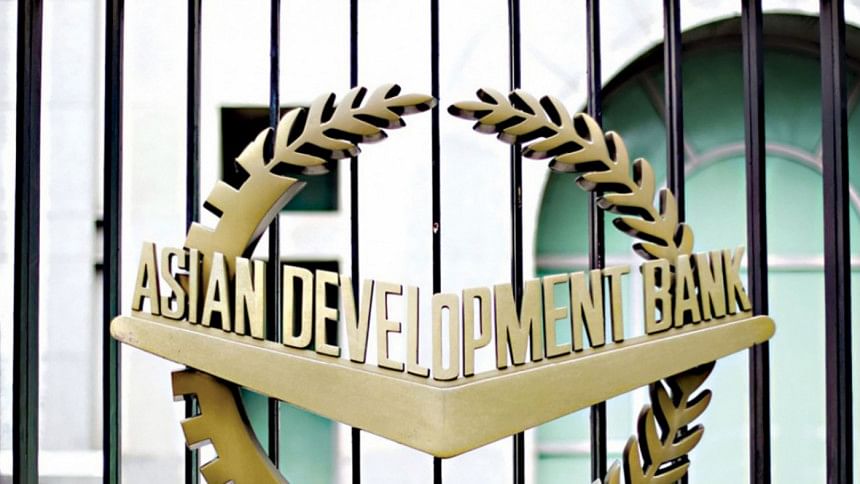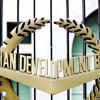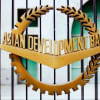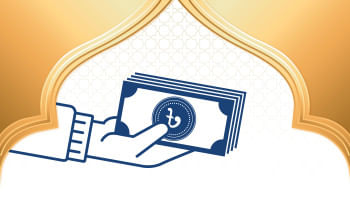Economic recovery at risk from tariffs, inflation: ADB

- ADB forecasts 5% GDP growth in FY26
- Consumption before election will be main growth drive
- Inflation projected to remain at 8%
Bangladesh's growth prospects face headwinds from global trade shocks, persistent inflation, and domestic financial sector fragilities, the Asian Development Bank has warned, even as the economy is expected to expand moderately in the current fiscal year.
In its Asian Development Outlook published yesterday, the Manila-based lender projected Bangladesh's GDP to grow 5 percent in FY26, slightly lower than its April forecast.
"Trade uncertainty arising from new US tariffs and potential disruption from geopolitical tensions could hinder export growth," the ADB said. It added that "poor implementation of the new managed float exchange rate policy could worsen external imbalances".
It also warned that "higher election-related spending and unsterilised liquidity support to weak banks may raise inflation and pressures in the foreign exchange market while weakening governance reform."
The ADB highlighted Washington's August decision to impose a 20 percent tariff on Bangladeshi exports as a threat to external performance. These exports amounted in FY2025 to 18 percent of total exports and 1.9 percent of GDP.
The tariffs could undermine the country's dominant garment sector, a key driver of export earnings and employment. The ADB warned that the tariffs would disproportionately affect women workers. While less stringent than those applied to India or China, they could erode demand for Bangladeshi exports to the US.
Industrial output is also expected to grow more slowly due to the US tariffs, the ADB said.
"In addition, exports to the European Union will face stiffer competition, forcing exporters to lower prices unless they diversify markets, pursue new trade agreements, and enhance competitiveness," the report said.
Despite these risks, the ADB expects modest economic acceleration compared with last fiscal year's sluggish pace. Consumption will be the main growth driver in FY26, with public consumption rising ahead of the elections. Imports are expected to increase as the central bank lifts restrictions on letters of credit.
Services are also expected to expand, supported by stronger household purchasing power and election-related spending. Agriculture should return to more normal growth, "assuming favourable weather and government policy support."
Tight monetary and fiscal policies could dampen both private and public investment, but investor confidence should improve with the general election planned for February and finance sector reforms ongoing.
Inflation, meanwhile, is projected to stay elevated at 8 percent in FY26, unchanged from the ADB's April forecast.
"Inflationary pressures are likely to moderate, assuming favourable weather, lower global oil prices despite Middle East conflict, and tighter monetary and fiscal stances," the report said.
The central bank has pledged to maintain restrictive policies, focusing on inflation control. It is expected to keep policy rates steady unless headline inflation falls below 7 percent.
Finance Adviser Salehuddin Ahmed yesterday agreed with the ADB's 5 percent GDP growth projection but rejected its inflation forecast.
"I'll be happy if growth reaches 5 percent. But inflation will be below 7 percent," he told reporters in Dhaka.
He said inflation could be contained with proper budget monitoring and easing supply constraints.
"It is true that during election time, more money flows into the market. People won't just have tea and snacks anymore -- they'll go for 7 Up and chicken fry."
Ahmed added this surge in consumption is not negative as it benefits rural communities. "The US economy grew on high consumption. This isn't bad -- but we must secure both food and non-food supply chains."

 For all latest news, follow The Daily Star's Google News channel.
For all latest news, follow The Daily Star's Google News channel. 








Comments